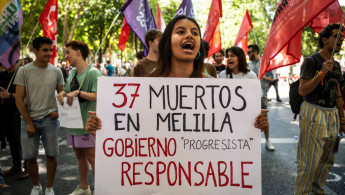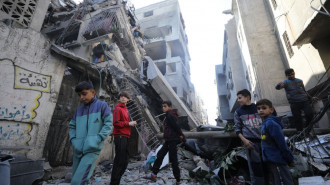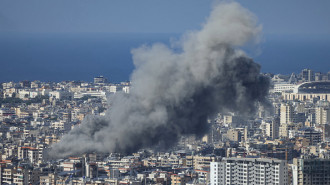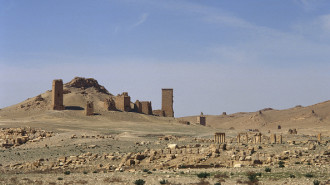Spain denies deaths occurred on its soil during Melilla massacre
Spain's interior ministry reasserted once again that no deaths occurred on Spanish soil when borders guards attacked migrants from Morocco who stormed the enclave of Melilla in June, leaving at least 23 people dead.
"I have said it before and I will repeat it again: we are talking about tragic events that took place outside our country. There has been no loss of life on national territory," Interior Minister Fernando Grande-Marlaska told the Spanish parliament on Wednesday.
Grande-Marlaska's comments came a day after several European media outlets, including the Spanish daily El Pais, published an investigation saying at least one migrant died on the Spanish side of the border.
The Spanish minister said the "tragedy should never have happened," though he argued it "originated in a violent attempt to enter our country".
Spanish officials have been in the hot seat since the Melilla tragedy on 24 June, with opposition parties calling for their resignation, namely the minister of interior.
On 24 June, around 2,000 migrants attempted to cross the Barrio Chino fence, one of many border passages separating Morocco's Nador and the Spanish-controlled enclave of Melilla, one of the European Union's only land borders with Africa.
While about 500 migrants succeeded in reaching the Spain-controlled territory, Moroccan authorities said at least 23 people were killed due to suffocation while others died after failing from the fence.
In July, Morocco's Association of Human Rights (AMDH), an independent organisation, said migrants were actively attacked and killed by Moroccan and Spanish forces.
The association also said migrants who survived the tragedy saw Moroccan officials dragging bodies from the Spanish side of the border to the Moroccan one.
The Spanish media investigation published Tuesday proved the AMDH's report.
El Pais investigation showed images of an African migrant on the ground on the Spanish side of the border.
A member of the Moroccan security forces can be seen taking his pulse and then is heard declaring the migrant dead.
Another migrant who was at his side confirmed his death, according to the investigations which were based on interviews with dozens of survivors of the tragedy.
A BBC documentary aired on 1 November also said video footage showed "at least one dead body" at the entrance of the Melilla border post, as well as other bodies being removed by Moroccan security forces.
Both Spanish and Moroccan authorities have defended their actions during the massacre saying the migrants had been armed and violent and that "reasonable" force was necessary.
"I sympathise with the causes such as wars pushing people to try to move to Europe but that does not justify a violent attack against the borders of a country," said the Spanish interior minister according to AFP.
Over the past months, Rabat has sentenced dozens of migrants to prison terms on charges including illegal entry and belonging to criminal gangs.
Many faced the court while still nursing their bruises, injuries and grief following the Melilla massacre, where at least 77 were injured and 23 died - AMDH said the death toll is most likely much higher as several migrants remain missing four months after the massacre.
According to Moroccan authorities, at least 14,746 attempts to illegally cross the border into Spain were foiled in the first quarter of 2022.
Following their reconciliation in March, Madrid and Rabat vowed to establish "stronger" cooperation on migration issues.




 Follow the Middle East's top stories in English at The New Arab on Google News
Follow the Middle East's top stories in English at The New Arab on Google News


